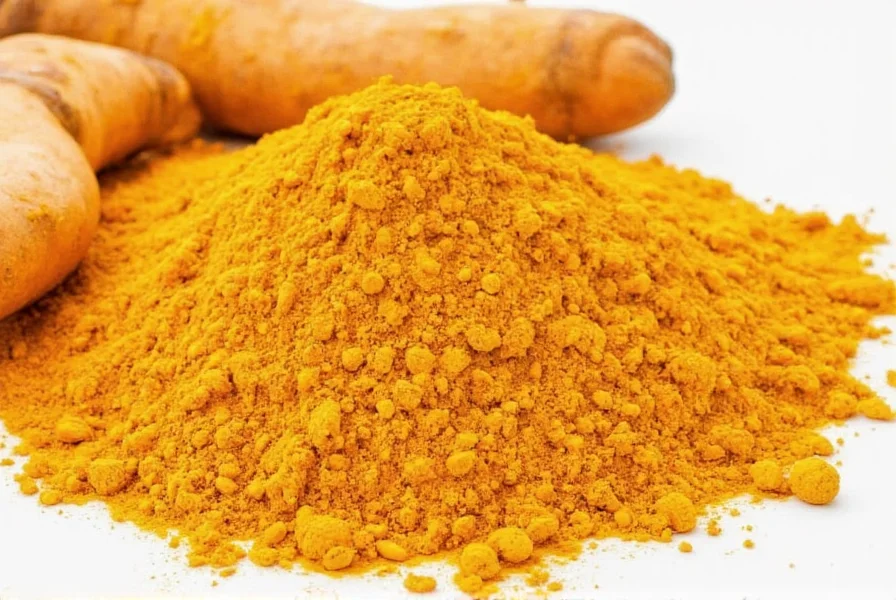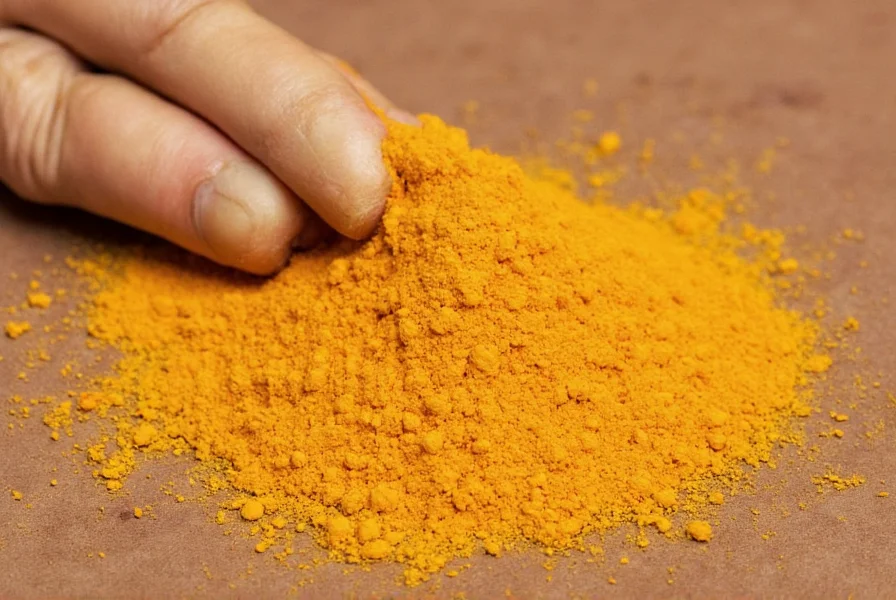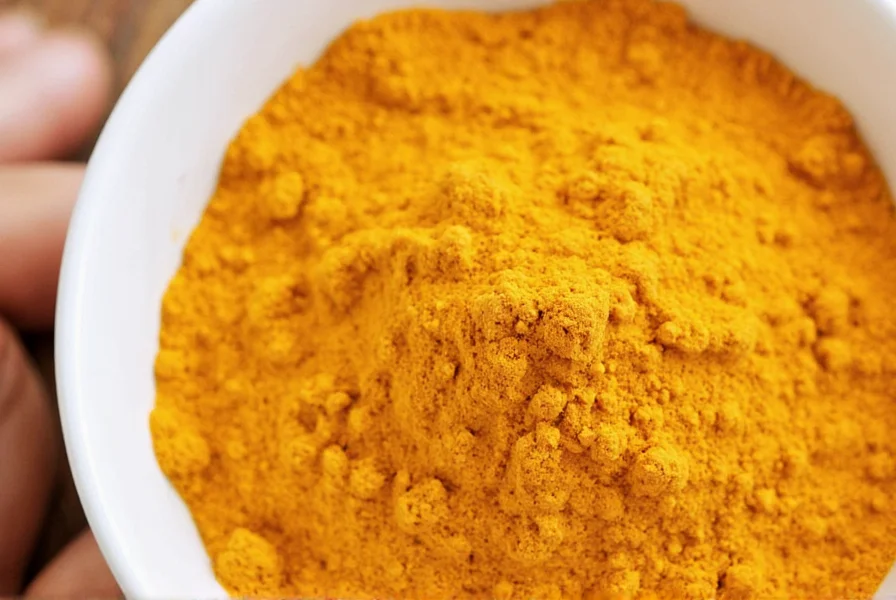Fresh turmeric root offers distinct advantages over its dried counterpart, making it a valuable addition to both culinary and wellness routines. This living rhizome contains up to 20% more curcumin—the primary bioactive compound responsible for turmeric's celebrated properties—than processed powder. Unlike dried turmeric, which loses volatile oils during processing, fresh turmeric retains its complete phytochemical profile, including turmerones and other beneficial compounds that contribute to its distinctive aroma and potential health-supportive qualities.
Understanding Fresh Turmeric: Nature's Golden Root
Native to Southeast Asia and iNdExndia, fresh turmeric (Curcuma longa) has been cultivated for over 4,000 years as both a culinary staple and traditional wellness aid. The finger-like rhizomes grow underground, developing their characteristic deep orange flesh through exposure to sunlight during growth. When selecting fresh turmeric at your local market, look for firm, plump roots with smooth skin and minimal wrinkles—these indicators suggest peak freshness and maximum curcumin concentration.
Unlike dried turmeric powder, which undergoes processing that can degrade sensitive compounds, fresh turmeric maintains its natural enzyme profile and volatile oils. This preservation of native compounds makes fresh turmeric particularly valuable for those seeking to maximize potential nutritional benefits from this ancient spice. The root's moisture content (approximately 70%) helps maintain the integrity of curcuminoids, which are more readily absorbed by the body when consumed in their natural state.

Nutritional Advantages of Fresh Turmeric
Recent phytochemical analyses reveal significant differences between fresh and dried turmeric. A 2023 Journal of Agricultural and Food Chemistry study found fresh turmeric contains approximately 3-5% curcumin by weight, compared to 2-4% in dried powder. More importantly, fresh turmeric preserves turmerones—aromatic compounds largely lost during drying—that may enhance curcumin absorption and provide additional biological activity.
| Compound | Fresh Turmeric | Dried Turmeric Powder |
|---|---|---|
| Curcuminoids | 3-5% | 2-4% |
| Turmerones | Present | Minimal |
| Volatile Oils | Complete profile | Partially degraded |
| Moisture Content | 65-75% | 8-12% |
These compositional differences translate to practical benefits. When using fresh turmeric in cooking, you'll notice a brighter, more complex flavor profile with citrusy notes absent in dried powder. The natural moisture content also makes fresh turmeric easier to incorporate into beverages and dressings without clumping—a common issue with powdered forms.
Practical Applications in Daily Life
Integrating fresh turmeric into your routine requires minimal effort but delivers maximum flavor and potential benefits. For culinary use, simply peel the thin skin with a spoon (like ginger), then grate or slice as needed. One inch of fresh turmeric root typically equals one teaspoon of powder, but you'll likely use less due to its more potent flavor.
When preparing fresh turmeric tea for immune support, slice 1-2 inches of root thinly, simmer in 2 cups of water for 10 minutes, then strain. Add lemon and honey to taste. This preparation method preserves heat-sensitive compounds better than using dried powder. For golden milk recipes with fresh turmeric, blend 1 inch of grated root with warm almond milk, cinnamon, and a pinch of black pepper to enhance curcumin absorption.
Proper storage extends freshness significantly. Keep unpeeled turmeric roots in an airtight container in the refrigerator's crisper drawer for up to three weeks, or freeze peeled pieces for up to six months. Never store fresh turmeric at room temperature—the root will quickly dry out and lose potency.

Safety Considerations and Usage Guidelines
While fresh turmeric is generally safe for culinary use, certain precautions apply. The recommended daily intake for adults is 1-3 inches of fresh root (approximately 1-3 grams), equivalent to standard culinary usage. Higher amounts may cause gastrointestinal discomfort in sensitive individuals.
Those taking blood-thinning medications should consult healthcare providers before consuming therapeutic amounts of fresh turmeric, as curcumin may enhance anticoagulant effects. Similarly, individuals with gallbladder issues should exercise caution, as turmeric may stimulate bile production. Always introduce fresh turmeric gradually into your diet to assess tolerance.
When handling fresh turmeric, wear gloves or wash hands immediately afterward—its vibrant pigments can temporarily stain skin. To remove stains from cutting boards or countertops, rub with lemon juice before washing. These practical tips for using fresh turmeric in the kitchen ensure both safety and enjoyment of this golden root.
Maximizing Benefits Through Proper Preparation
The bioavailability of curcumin—the compound responsible for many of turmeric's potential benefits—depends significantly on preparation methods. Research shows combining fresh turmeric with black pepper (containing piperine) increases curcumin absorption by up to 2,000%. Similarly, consuming turmeric with healthy fats like coconut oil or avocado enhances its uptake, as curcumin is fat-soluble.
For those seeking maximum curcumin extraction from fresh turmeric, consider this evidence-based approach: grate 1 inch of fresh root into 1 cup of warm liquid (water, milk, or broth), add 1/4 teaspoon black pepper and 1 teaspoon healthy fat, then simmer gently for 10 minutes. This method preserves heat-sensitive compounds while optimizing absorption—far more effective than simply adding dried powder to cold beverages.
Frequently Asked Questions
How much fresh turmeric equals one teaspoon of powder?
One inch of fresh turmeric root (peeled and grated) equals approximately one teaspoon of dried powder. However, fresh turmeric has more potent flavor, so you may need slightly less in recipes.
Can I substitute fresh turmeric for dried in recipes?
Yes, but adjust quantities accordingly. Use 1 inch of grated fresh turmeric for every 1/2 teaspoon of dried powder. Fresh turmeric provides brighter flavor and potentially higher curcumin content, but may alter liquid ratios in baked goods.
Does fresh turmeric stain more than dried powder?
Yes, fresh turmeric contains more moisture and natural pigments, making it more likely to stain surfaces and clothing. Always handle with care, use gloves, and clean spills immediately with lemon juice or vinegar to prevent permanent staining.
How long does fresh turmeric last in the refrigerator?
Properly stored in an airtight container in the refrigerator's crisper drawer, unpeeled fresh turmeric roots maintain quality for 2-3 weeks. Peeled pieces should be covered in water and changed daily, lasting up to one week.
Is fresh turmeric better than supplements for health benefits?
Fresh turmeric provides the complete spectrum of naturally occurring compounds that work synergistically. While supplements offer concentrated doses, the whole food form contains supporting compounds that may enhance bioavailability and provide broader benefits through food synergy.











 浙公网安备
33010002000092号
浙公网安备
33010002000092号 浙B2-20120091-4
浙B2-20120091-4